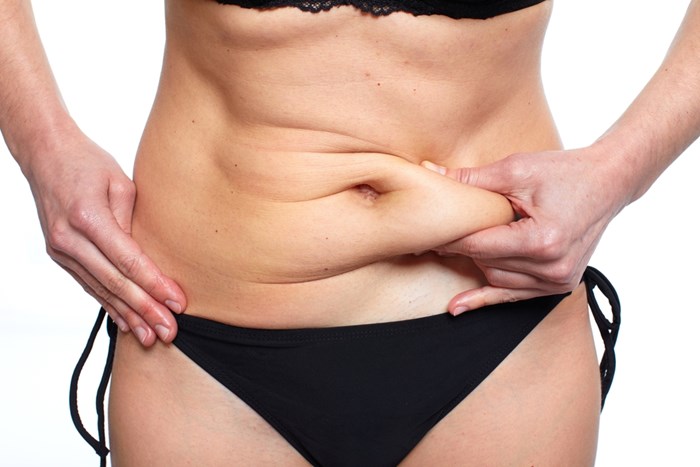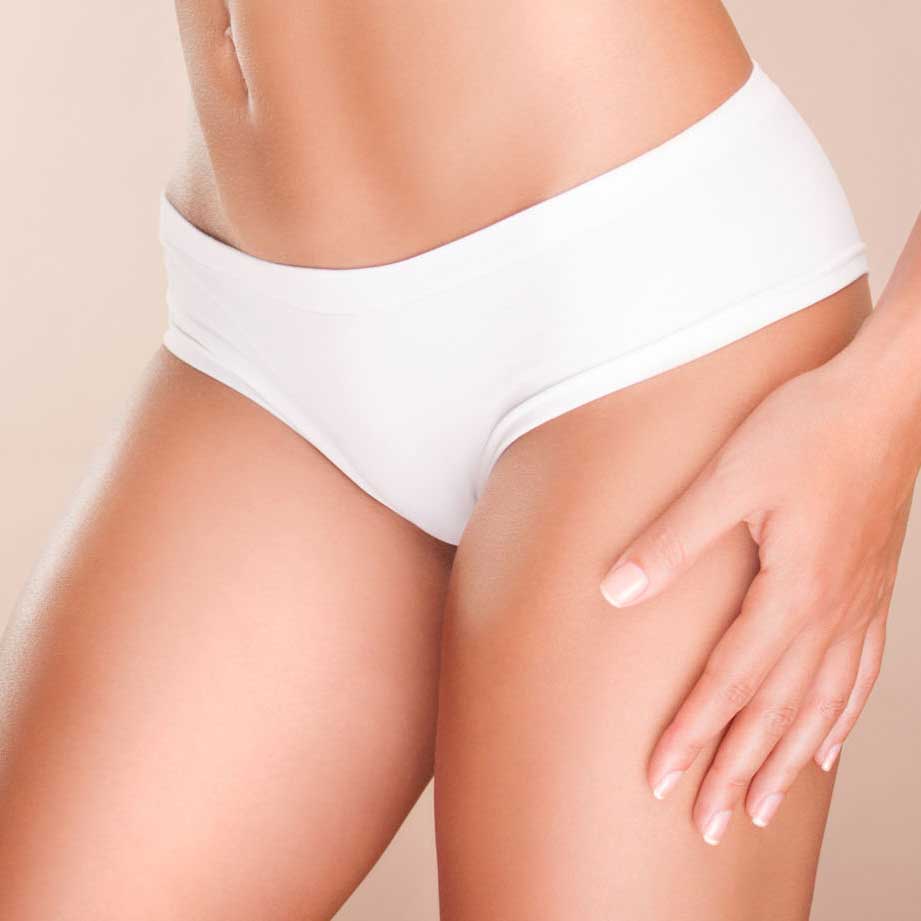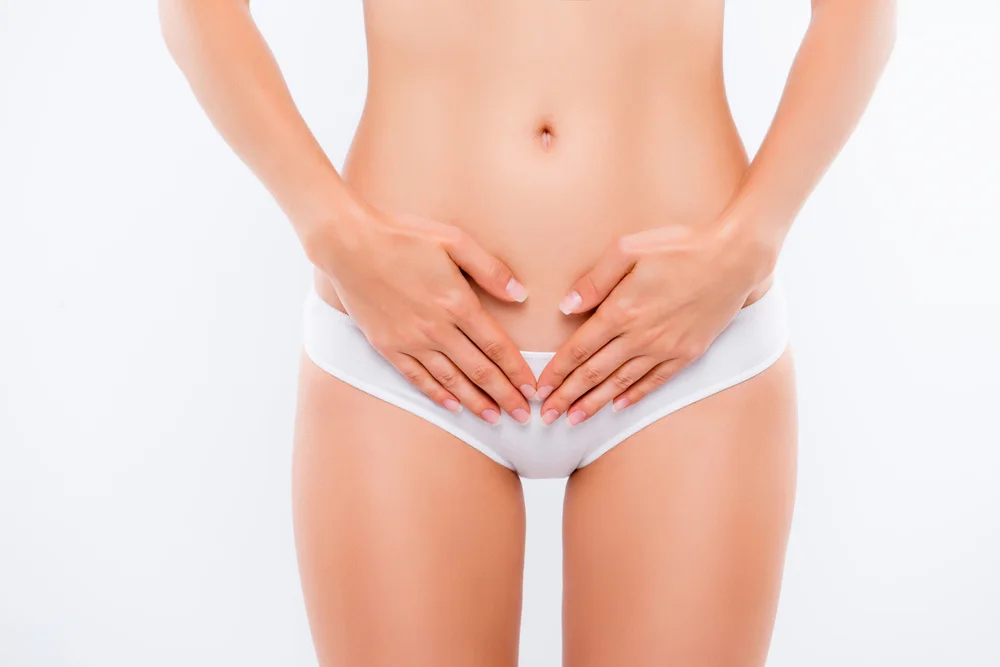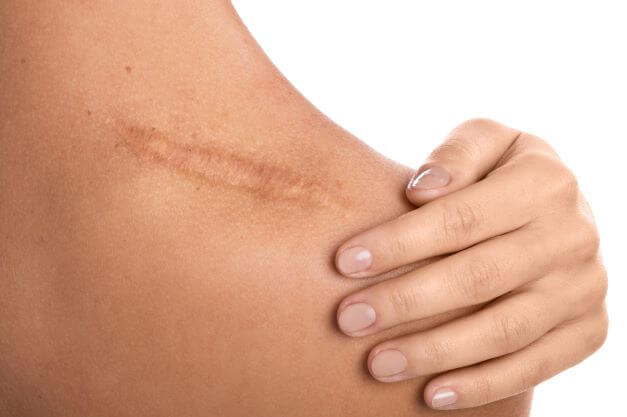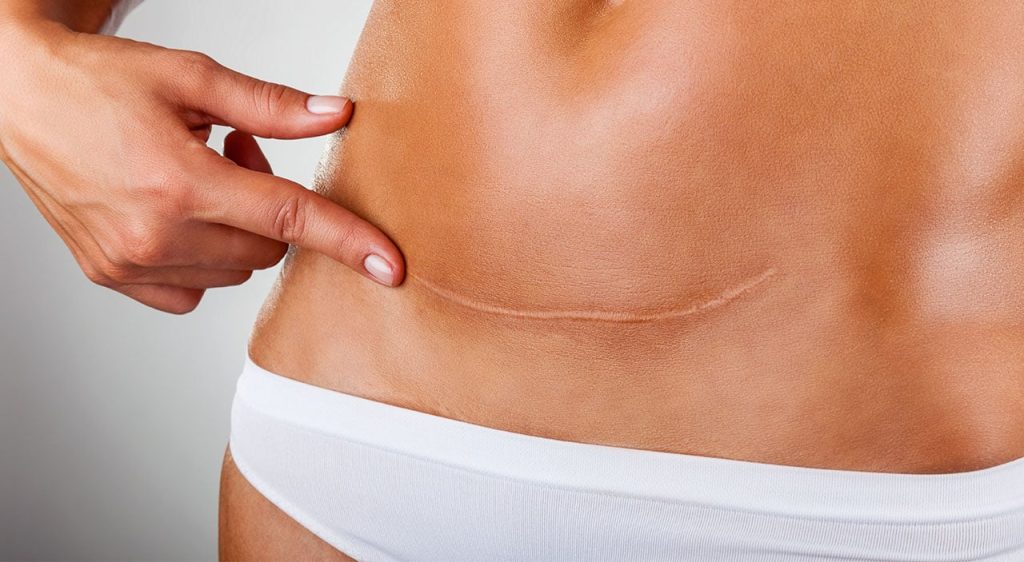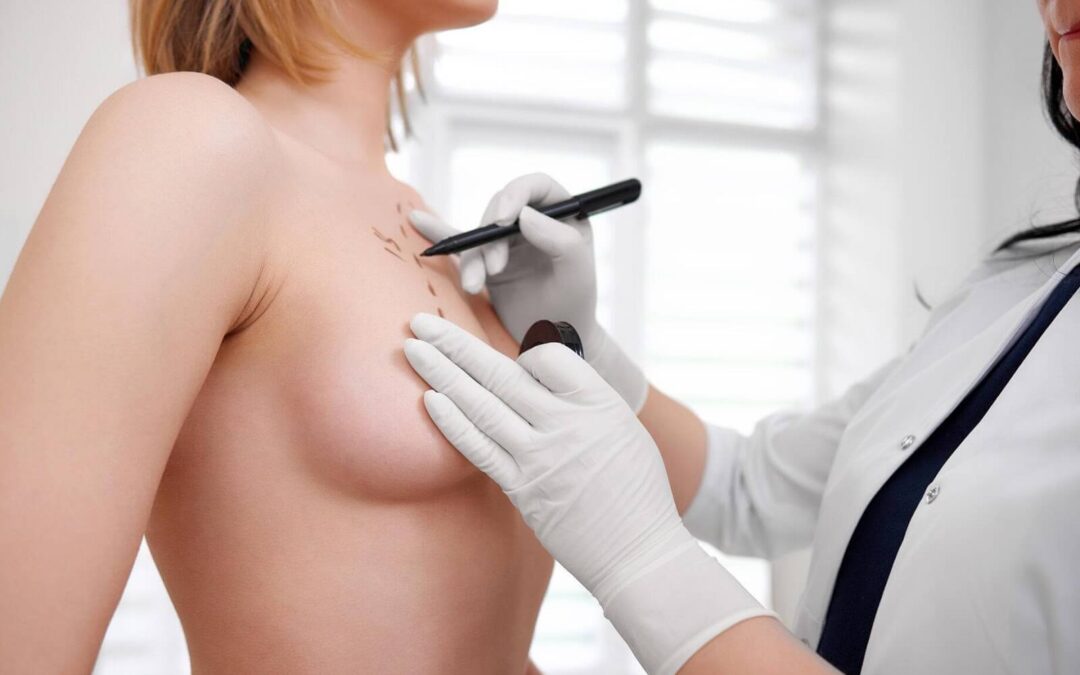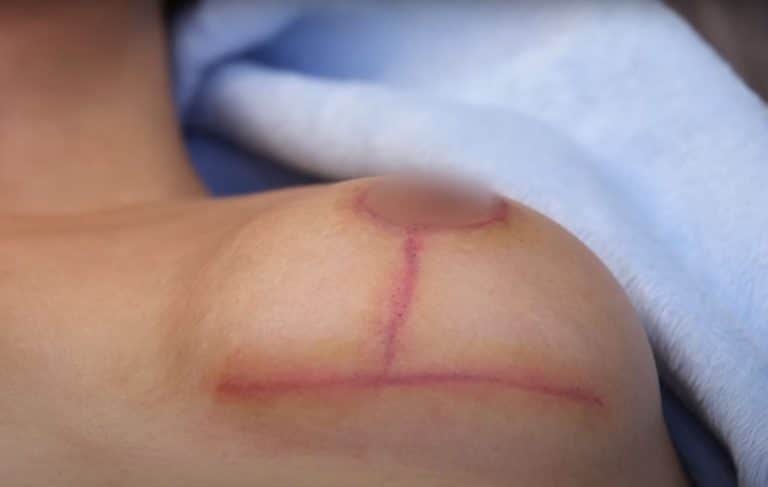In the realm of cosmetic procedures, breast implant removal stands out as a significant decision for many. This process not only involves surgical expertise but also encompasses understanding the reasons behind such choices—ranging from health concerns to personal preference changes. As individuals navigate through their options, knowing the intricacies of this procedure becomes paramount. Through an informative exploration, one can grasp what leads to the decision of removing breast implants and how it impacts both physical well-being and aesthetic considerations.
Reasons for Breast Implant Removal
Health Concerns
Breast implant removal is often considered due to health concerns. Two common issues are implant rupture and capsular contracture.
Implant rupture happens when the outer shell of an implant breaks. This can release silicone gel or saline into the body. Capsular contracture occurs when scar tissue tightly wraps around the implant, causing discomfort and distortion.
Both conditions require immediate attention. They make removal not just a choice but a necessity for well-being.
Cosmetic Dissatisfaction
Sometimes, individuals opt for breast implant removal due to cosmetic dissatisfaction or a desire for a different size or shape. What once seemed ideal may no longer fit one’s current aesthetic preferences.
Changes in body image goals can lead to regret about initial choices. It prompts many to reconsider their implants’ appearance and feel on their bodies.
Lifestyle Changes
Lifestyle changes or evolving personal preferences also influence decisions on breast implant removal. Activities such as sports might become uncomfortable with implants.
Some people experience a shift in how they view foreign bodies within them over time. They may seek a return to their natural state for reasons tied closely to identity or health consciousness.
Understanding Breast Implant Removal Surgery
Surgical Techniques
Breast implant removal surgery is a complex procedure. It often involves specific techniques like en bloc or total capsulectomy. In an en bloc removal, the surgeon takes out the implant and the surrounding capsule as one unit. This method can help minimize exposure to any potential contaminants within the capsule.
Total capsulectomy, on the other hand, involves removing the breast implant and then separately excising all of the capsule tissue. This technique ensures that no scar tissue remains inside, which could affect breast shape negatively.
Anesthesia Requirement
General anesthesia is typically required for breast implant removal surgery. This means patients are asleep during the procedure. The use of general anesthesia ensures that patients experience no pain while allowing plastic surgeons to operate with precision.
The need for general anesthesia highlights why choosing experienced active plastic surgeons is crucial for safety and optimal outcomes in such surgeries.
Additional Procedures
Often, patients opt for simultaneous procedures during breast implant removal surgery to enhance their breasts’ appearance further.
-
A common additional procedure is a breast lift, which helps restore a youthful breast shape after implant removal.
-
Another option might be breast revision, where new implants replace old ones if desired by the patient.
These options demonstrate how personalized plastic surgery can be tailored to meet individual needs and expectations regarding aesthetic goals post-surgery.
Long-term Effects of Breast Aging After Explantation
Initial Appearance
After breast implant removal, many individuals notice their natural breast tissue appears saggy or deflated. This change can be alarming but it is a common initial reaction. The body needs time to adjust after the explantation procedure.
The skin and tissues stretched by the implants might not snap back immediately. Age and the duration the implants were in place also play roles in this initial appearance. Some people may experience more pronounced sagging due to these factors.
Gradual Improvement
Over time, with proper care, there’s often a gradual improvement in breast shape. Massages, certain exercises, and wearing supportive garments can help enhance this process. Each person’s recovery timeline varies significantly based on individual health and pre-surgery breast condition.
Patience is key as it can take months for breasts to settle into their new shape post-explantation. During this period, monitoring for any common symptoms or side effects is crucial for overall well-being.
Additional Surgeries
Sometimes, achieving the desired aesthetic requires additional surgeries beyond just implant removal. These could include:
-
Breast lift (mastopexy) to address sagging.
-
Fat grafting for added volume.
-
Revision surgery if there are complications with scar tissue or asymmetry.
It’s important to have realistic expectations and discuss potential outcomes thoroughly with a surgeon before deciding on further procedures.
Health and Psychological Benefits of Explant Surgery
Physical Relief
Breast implant removal offers significant physical relief. Many women report a decrease in pain and discomfort post-surgery. This is crucial for those who have experienced chronic symptoms due to their implants.
Removing implants can address health concerns linked to older or damaged devices. It eliminates risks like rupture, which could lead to further complications.
Improved Self-Image
Explant surgery often leads to improved self-image and confidence. Women find a new sense of freedom without the physical burden of implants. They embrace their natural body, boosting self-esteem.
The decision for explantation isn’t solely about aesthetics; it’s also about well-being. Feeling comfortable in one’s skin is paramount, and this procedure can be a key step towards that goal.
Health Risk Reduction
Eliminating health issues associated with breast implants is another benefit.
-
Older implants pose risks such as leakage or silicone migration.
-
Removing them reduces potential long-term health problems.
Health benefits extend beyond immediate symptom relief:
-
Decreased risk of autoimmune disorders possibly linked to silicone.
-
Better mammogram readings without the interference of implants.
Recovery and Aftercare Following Implant Removal
Initial Period
The initial recovery period for breast implant removal usually lasts a few weeks. Patients might experience discomfort, swelling, and bruising during this time. It’s crucial to rest and avoid strenuous activities.
Following the surgeon’s care instructions is key. They provide guidelines on how to care for the incision sites to promote healing. Adhering to these instructions can significantly affect the recovery outcome.
Activity Restrictions
Surgeons often advise on activity restrictions post-surgery. It’s important not to rush back into regular or high-impact activities too soon. This helps prevent complications like implant rupture or wound issues.
Activities such as lifting heavy objects or intense exercise should be avoided until clearance from the healthcare provider is given. Listening to your body and taking it slow ensures a smoother healing process.
Monitoring Healing
Monitoring for signs of infection or complications is essential after implant removal surgery. Symptoms may include excessive redness, pus, severe pain, or fever.
If any unusual signs are noticed, contacting the healthcare provider immediately is vital for timely intervention. Regular follow-up appointments are also part of monitoring progress in healing.
Options After Explantation
Implant-Free Choice
Many individuals choose to go implant-free after explant surgery. This decision might be due to complications, personal preference, or a desire for natural aesthetics. Embracing one’s natural body can be empowering and liberating.
Going implant-free means no more surgeries related to implants. It also reduces the risk of future complications. However, some may feel self-conscious about changes in their appearance.
Fat Grafting
Another option is fat grafting. This procedure enhances volume using the patient’s own fat. It offers a more natural look and feel compared to implants.
Fat grafting involves taking fat from other parts of the body and injecting it into the breasts. The results are subtle yet effective for those seeking slight enhancements without implants.
New Implants
For some, getting new implants is the preferred route after explantation. They might opt for different types or sizes based on personal goals or previous issues with their old implants.
Choosing new implants allows patients to correct any dissatisfaction from prior augmentations. Surgeons work closely with patients to ensure choices align with their desired outcomes.
-
Considerations include size, type, and potential risks.
-
Discussing operative instructions and recovery expectations is crucial.
Costs and Insurance for Implant Removal
Surgery Complexity
The cost of implant removal surgery can widely vary. This variation largely depends on the complexity of the procedure. Simple removals are generally less expensive. However, if there’s a need for additional procedures like scar tissue removal or breast lift, costs increase.
Patients should consult with their surgeon to understand the full scope of their surgery. Getting a detailed breakdown of costs helps in planning finances better.

Insurance Coverage
Some insurance plans may cover implant removal if it’s medically necessary. Conditions such as implant rupture, severe capsular contracture, or infection might qualify for coverage. It’s crucial to check with your insurance provider early in the process.
Documentation from your healthcare provider can help support your case for medical necessity. Always keep records and communications regarding your health concerns related to implants.
Out-of-Pocket Expenses
For those opting for elective implant removal, out-of-pocket expenses are expected. Cosmetic reasons typically do not qualify for insurance coverage.
-
Consultation fees
-
Surgeon’s fee
-
Anesthesia
-
Facility charges are common expenses patients pay themselves.
Planning financially is important when considering elective surgeries. Some clinics offer payment plans that could ease the burden.
Liberation and Wellness After Breast Implant Removal
Emotional Relief
Many women report feeling a significant emotional relief after breast implant removal. This comes from no longer worrying about the complications that can arise from implants, such as capsular contracture or the fear of breast cancer. The decision to remove implants often follows long periods of discomfort and concern, making their removal a liberating experience.
For some, this step is about reclaiming control over their bodies. It marks an end to years of unease and starts a new chapter focused on health and self-acceptance.
Physical Wellness
Following the removal, many note improvements in physical wellness. Some women have experienced alleviation of autoimmune symptoms they believe were linked to their implants. While scientific studies continue to explore these connections, individual stories highlight positive changes.
The absence of foreign objects in the body can also mean freedom from physical restrictions like avoiding heavy lifting which might disrupt implant integrity. This newfound liberty allows for a more active lifestyle without constant worry.
Body Image Satisfaction
Finally, removing breast implants often leads to enhanced body image satisfaction. Women find comfort in embracing their natural form, leading to increased confidence and well-being.
This acceptance is crucial for mental health and fosters a healthier relationship with one’s own skin. The journey toward loving oneself without external enhancements can be profoundly empowering.
Summary
Breast implant removal emerges as a significant option for individuals seeking relief from complications or dissatisfaction associated with their implants. The procedure not only addresses physical concerns but also paves the way for psychological well-being and a renewed sense of self. Recovery and aftercare play crucial roles in ensuring a smooth transition post-surgery, while options after explantation offer avenues for those looking to redefine their body image. Financial considerations, including costs and insurance coverage, are vital for making informed decisions regarding implant removal. The journey towards liberation and wellness post-explant emphasizes the importance of personal health and comfort over aesthetic ideals.
Individuals contemplating this procedure should consult healthcare professionals to understand the implications fully. They must weigh the benefits against potential risks to make decisions that align with their health goals and life aspirations. The path to recovery and self-acceptance after breast implant removal is personal and unique, underscoring the need for support and guidance throughout this transformative process.
Frequently Asked Questions
Why do people opt for breast implant removal?
Individuals choose to remove breast implants for various reasons, including health concerns, changes in personal preference, complications like capsular contracture, or the desire to return to their natural breast size.
What does breast implant removal surgery entail?
Breast implant removal surgery involves a surgeon making an incision, usually where the original incision was made, and carefully removing both the implant and any scar tissue. The procedure aims to minimize scarring and preserve natural tissue as much as possible.
Are there long-term effects on breasts after explantation?
After explantation, breasts may experience changes in shape, size, and contour due to aging and the previous presence of implants. However, these effects vary widely among individuals.
What are the health benefits of having explant surgery?
Health benefits of explant surgery can include relief from symptoms associated with Breast Implant Illness (BII), reduced back and shoulder pain from decreased weight on the chest, and potentially a lower risk of certain complications related to implants.
How long is recovery after breast implant removal?
Recovery time varies but generally ranges from one to two weeks for initial healing. Full recovery and stabilization of breast shape may take several months. Following post-operative care instructions closely is crucial for optimal healing.
What options exist after removing breast implants?
Options after explantation include living without implants (going “implant-free”), undergoing fat grafting for natural augmentation using one’s own body fat or choosing different types or sizes of implants if re-augmentation is desired.
Can insurance cover the cost of implant removal?
Insurance coverage for breast implant removal depends on individual policies and whether the procedure is deemed medically necessary. Conditions such as rupture or severe capsular contracture might be covered; however, elective procedures typically are not insured.




